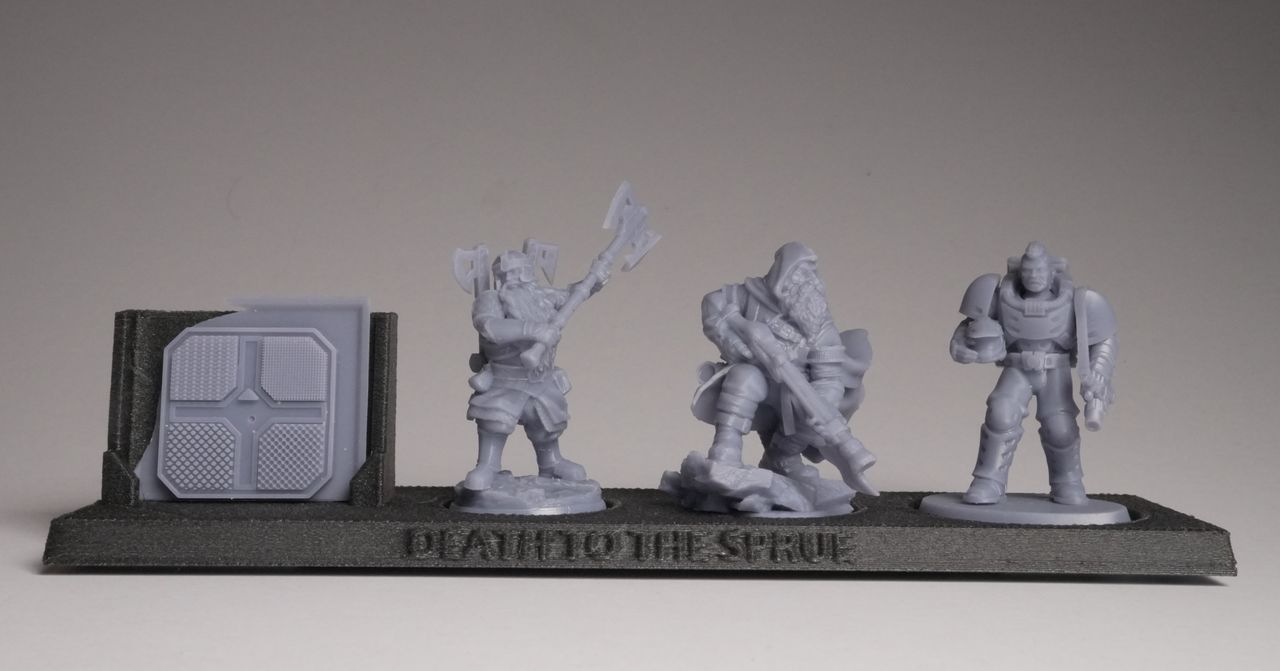
An interesting video popped up, exposing the marketing buzz around “high resolution” 3D printer resins.
YouTuber “Once in a Six Side” presented a video this week entitled, “Resin Manufacturers have been LYING to you”.
That’s a provocative statement, so what is it all about?
The issue, according to “Six”, is that in recent months a number of resin providers have begun to market specialty resins that supposedly offer greater resolution. For example, a company might offer “8K Resin”, intended to optimize the output of an 8K desktop resin 3D printer. There’s even “14K Resin” on the market.
But if you think about it, how could this be? The resolution of a print is largely determined by the light engine of the resin 3D printer, combined with the exposure settings. You can get worse resolution by overexposing, for example.
“Six” decided to investigate whether these resins actually provided any greater resolution by performing a very extensive set of tests on a series of high resolution resins, and comparing them to basic resins. The resins tested included:
- Nova3D TGM
- Anycubic Standard
- Phrozen Aqua 8K
- Elegoo 8K
- Yes That’s Wargamer
- Creality Fast
- SunLu ABS-Like
- Heygears PAP10
- Uniz ZMUD
These are resins that would typically be found in the workshop of desktop resin 3D printer operator, so I was very curious to see the results of this test.
Six devised a competent testing scheme, whereby a series of set prints would be produced on machines after an identical tuning process to dial in the settings. The optimal exposure settings for these resins were quite different:
- Phrozen 1.0s
- Elegoo 1.75s
- Anycubic 2.0s
- SunLu 2.0s
- Heygears 2.25s
- Creality 2.5s
- WarGamer 2.25s
- ZMUD 5.0s
This vast range of exposures is almost certainly due to varying proportions of photoinitiators within each resin mix.
Objects were printed and compared. Photographs from identical angles and lighting were captured, and all of the information was put into a downloadable archive you can look at directly. The archive is actually a web app that you can run locally and it provides a flip A/B visual comparison of the different prints.
What was the result? I encourage you to watch the entire video to understand the process, but the TLDR is that there was basically no difference between the standard resins and the high resolution resins, as one might expect.
There IS a difference in the visual appearance of the prints. However, that difference is really all about the surface quality: matte finishes tend to show off a bit more detail due to light scattering.
This was quite an interesting investigation, and shows that for most people, the difference between high resolution and standard resins is likely not particularly large.
Via YouTube
